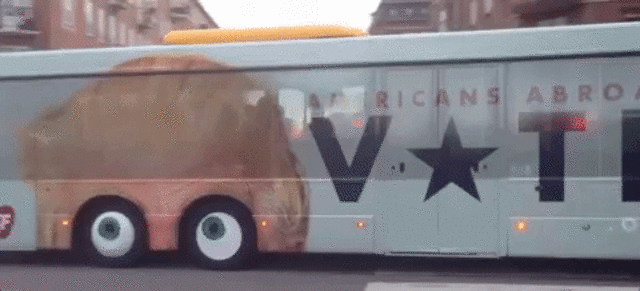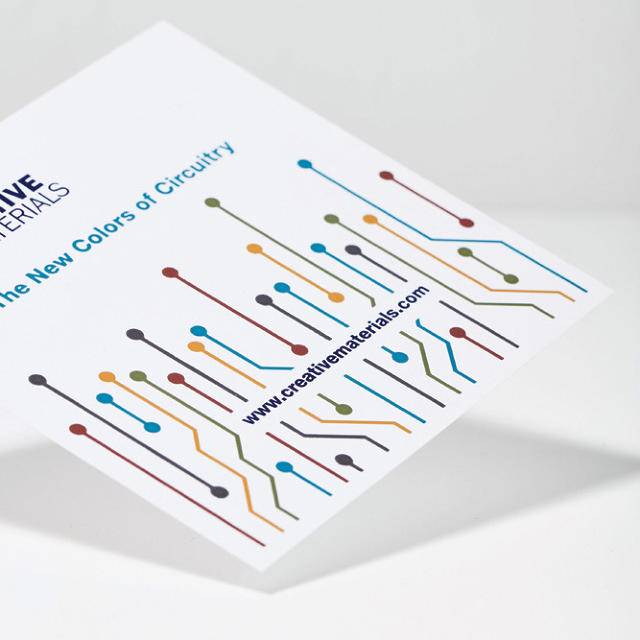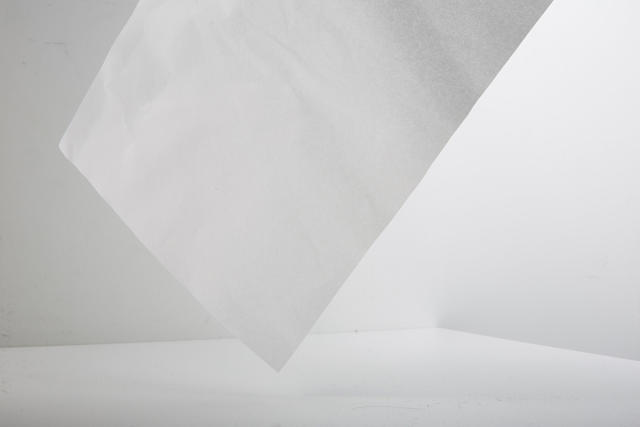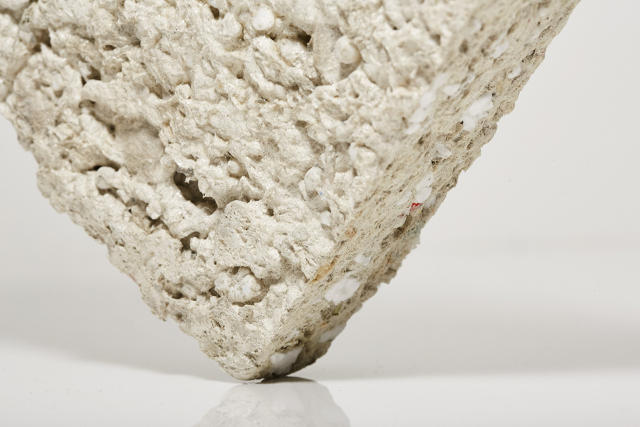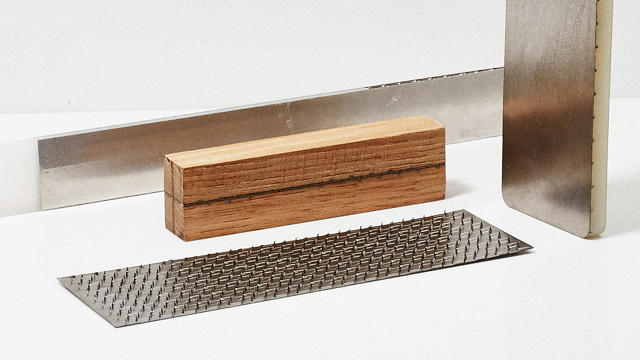A new exhibit examines how board games transformed from upper class educational tools to fun pursuits for everyone.
Board games are hotter than ever. In the past four years, U.S. board games sales have risen, on average, between 25% and 40%, and there are more people designing and playing board games than ever before.
It's easy to assume that board games were always fun and popular. But that's not true, as Catherine Howell, curator and collections at the V&A Museum of Childhood in London, explains. The museum is holding an exhibition on board games called Game Plan. And as Howell tells it, board games only became mainstream in the past 125 years.

Board Games As Morality Plays
The first modern board game to hit England was probably The Game of the Goose, a prototypical racing game—like Candy Land—in which players roll dice to try to reach the last square on the board before their opponents can. Like many contemporary board games, The Game of the Goose had themes, characters, and a loose plot—help the titular goose navigate the countryside without being served for dinner. Since it was an incredibly simple game without much strategy, it used dice to add replayability. Records show that The Game of the Goose was played in London as far back as 1597.
It wasn't until the 19th century, though, that The Game of the Goose became really popular, and arguably kicked off the modern era of board game design. Before then, the game was usually only played on special occasions, like Christmastime, largely because it was seen as frivolous. Starting in the early 19th century, though, game makers started adapting The Game of the Goose and marketing it as an educational game for children to upper class families. These educational adaptations often had prurient names like The Cottage of Content or The Mirror of Truth, and were designed so that when a child landed on a square, she had to recite a fact about manners and morality.
"This is the Georgian era, a time which was probably the first time that children were looked upon as people, worthy of their own arts and entertainment," explains Howell, saying that the rising popularity of children's board games in early 19th century also coincided with the advent of children's literature. For the first time, an entire generation of children—or at least well-off children—were being raised with board games in their homes.
These boards games were a far cry from the cheaply printed board games kids play today. The board itself was usually printed, sewn to linen, then colored by hand, like the maps of the era; the pieces themselves, and even the die, were usually hand carved. Needless to say, these games were expensive, and usually only purchased by the upper classes. "It was the difference between buying a cheap cell phone and an iPhone," says Howell, explaining how much more expensive these games were from a Monopoly set today.
Soon, other board games were being adapted for kids, usually by adding morality lessons that made them plausibly less frivolous. A great example on display at Game Plan is Snakes and Ladders (released by Milton Bradley as Chutes and Ladders in the United States). In India, where the game originated, Snakes and Ladders was known as Moksha Patam, and essentially functioned as an interactive visualization of the Hindu philosophy of karma: landing on a ladder results in you reincarnating on a higher plane of existence, while landing on a snake results in you sinking down a level. By the time it reached England in the late 19th century, though, the game had lost its Hindi appeal, and become another Victorian morality play, with squares devoted to anger, greed, sloth, and other vices.

All of these games, though, were exclusively aimed at upper classes. Not only could no one else afford them, and the working classes simply didn't have time to play them.
The Invention Of Leisure
But things changed, as the effects of the Industrial Revolution became felt throughout England and the rest of the world. By the late 19th century, board games had undergone an explosion in popularity. Part of that was due to sinking manufacturing costs—board games no longer needed to be made individually by hand—but equally important, says Howell, was the rise of leisure time. The practical result of industrialization was that people simply had less work to do, and more hours in the day to follow hobbies and leisurely pursuits. Consequently, by the turn of the 20th century, most board games had dropped their moralizing. They suddenly became unapologetic about competition and fun, not shaping the minds of tomorrow's youth.
Of course, because we've lived through 125-plus years of board game ubiquity, nothing seems more natural than for board games to be cheap, enjoyable fun for everyone. In fact, most of us can probably rattle off a dozen or more titles we've personally played, and even more we've heard about, ranging from Monopoly to Secret Hitler. But throughout history, games weren't for everyone. Until the Industrial Revolution changed anything, they were only for a lucky few who had two incredibly rare resources at their disposal: money and time.
Game Plan: Board Games Rediscovered will be on exhibition through April 2017 at the V&A Museum of Childhood.




